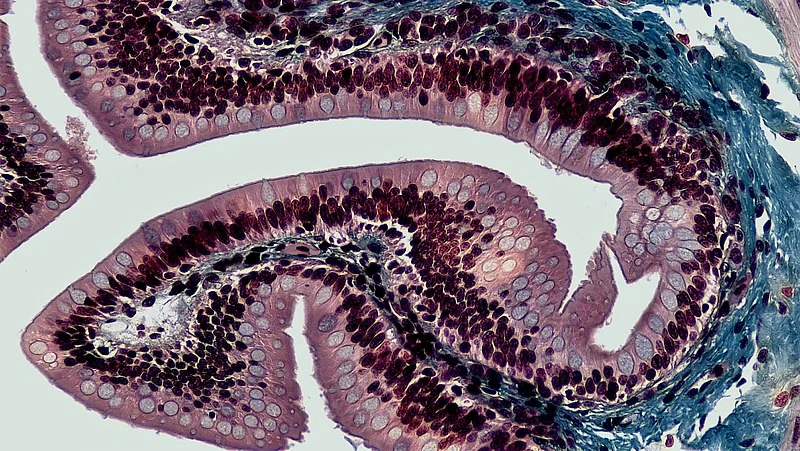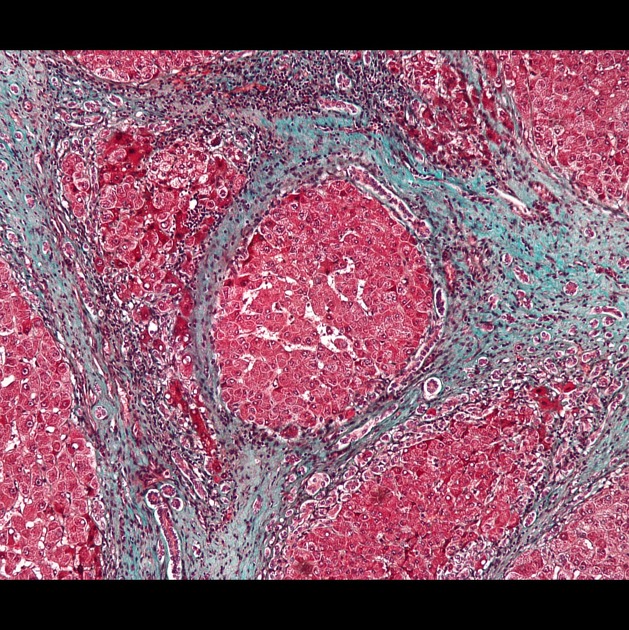GI Questions
Question 1
difficulty: 8/10
A 34-year-old male presents with fatigue, generalized pruritus, and intermittent right upper quadrant abdominal discomfort over the past several months. He reports occasional dark urine and pale stools but denies fever or weight loss. His medical history includes ulcerative colitis diagnosed 8 years ago, currently in remission. Blood work reveals elevated alkaline phosphatase and mildly elevated bilirubin. An abdominal ultrasound shows no gallstones but reveals bile duct irregularities.
Which of the following will share a more similar immunologic genetic profile with this patient?
A. Ankylosing spondylitis
B. Celiac Disease
C. Hemochromatosis
D. Graves Disease
E. Myasthenia Gravis
Answer
Identify disease as Primary Sclerosing Cholangitis first \ A. B27 \ B. DQ2&8 \ C. A3 \ D. B8 \ E. B8&DR3 \ Answer is E \ Obj: be able to recall HLA types + diagnose \ Ankihub_id: 59784e59-3041-4aa5-b8ee-77af059745c0Question 2
difficulty: 6/10

Given these findings were found in the GI, which of the following is true about the segment?
A. Secretes Cl-
B. Absorbs Cl-
C. Secretes K+
D. Absorbs K+
E. Secretes HCO3-
Hint 1
Segment is Large Intestines (goblet cells)Hint 2
Large Intestines are sometimes compared to the collecting ductsQuestion 3
difficulty: 6/10

Given these histological findings in liver, which of the following would you expect to be true?
A. Increased renin
B. Increased activation of IP3/Ca2+
C. Increased renal reabsorption of K+
D. Decreased ANP
E. Increased activation of adenyl cyclase in vasculature
Hint 1
This is cirrhosis. I can see a bit of fibrosis, and maybe some regenerative nodules, but not much elseHint 2
In cirrhosis, RAAS is activatedHint 3
So, it's AQuestion 4
difficulty: 6/10
A 45-year-old female presents to her primary care physician with a 6-week history of intermittent dry cough and progressive shortness of breath on exertion. She reports occasional chest tightness but denies fever, wheezing, hemoptysis, or chest pain. Over-the-counter inhalers (albuterol, borrowed from a family member) provided relief. The distal alveoli are not spared.
Which of the following will most likely be an additional finding?
A. 20+ pack-year history
B. Reid index > 50.2%
C. Splanchnic arterial dilation causing increased pulmonary nitric oxide
D. Hepatic cysts
E. Protein inclusion bodies in hepatocytes
Hint 1
A. COPD, which it could be... but are distal alveoli spared?B. Chronic bronchitis, but no productive cough?
C. Heptapulmonary disease?
D.
E.